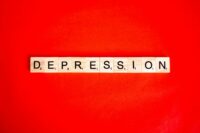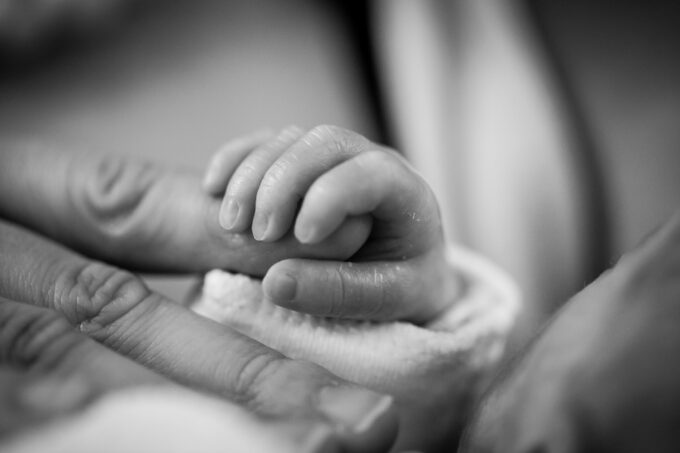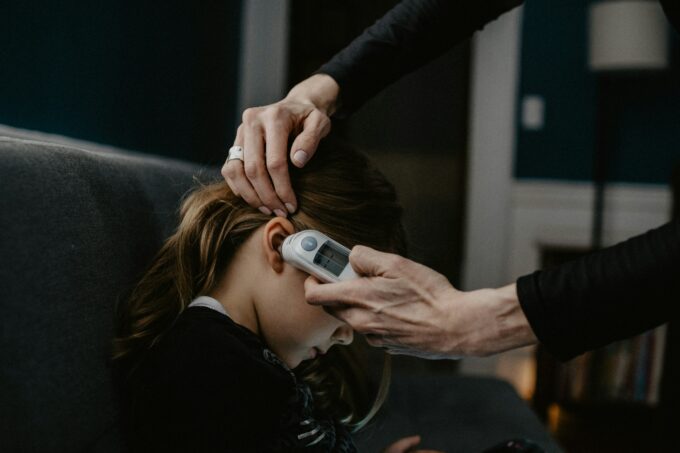Three and half months ago I met a nine year old boy, whom I will call JP. His parents were worried because he had gained a lot of weight recently and seemed to be tired all the time. JP says he is tired because he has extra lessons after school and he likes playing games on his phone when he should be sleeping. JP doesn’t play any sports, he prefers playing computer games or watching videos on YouTube. He was not too bothered about his weight gain, he said he is not the only one in his class who has been gaining weight.We weighed and measured JP, cal culated his Body Mass Index (BMI) and then plotted his values on a percentile graph. JP is 5ft 1inch tall and weighs 120lbs. His BMI was 22.7 and his BMI for age was at the 96.3 percentile. JP’s BMI for age was above the 95 percentile which put him in the obesity category.
His parents were very surprised at this result and had many questions. I will share their questions and try to answer them here with you.
What is the BMI Measurement?
BMI is a calculated measure of weight relative to height. BMI is used to assess a child’s physical growth. Because children and teens are growing, BMI values must be expressed relative to other children of the same sex and age. BMI-for-age percentiles indicate how your child’s BMI compares to BMIs of children of the same sex and age in the reference population used to create the standardized growth charts.
What is Childhood Obesity?
Childhood obesity is a pressing global health issue that has reached epidemic proportions, affecting millions of children and adolescents worldwide. It is defined as an excessive accumulation of body fat that poses a risk to a child’s overall health. Beyond being a physical condition, childhood obesity has far-reaching implications for the emotional, social, and economic well-being of individuals and societies.
In the Caribbean, 1 in 3 children are overweight or obese. The prevalence of overweight and obesity in children aged 5-9 years in CARICOM countries is increasing, with the highest levels in the Bahamas at 39.5% and the lowest in Saint Lucia at 26.1%. In Guyana, 15% of children between the ages of 2 and 15 are obese. Childhood obesity rates in the Caribbean are higher than the global average, and are increasing rapidly.
What Could Have Caused JP to Be Obese?
There are many reasons a child can be overweight and/or obese.
Certain medical conditions, like endocrine disorders e.g. hypothyroidism and Cushing syndrome and some genetic conditions may cause excessive weight gain. However, lifestyle factors remain the main cause of weight gain in children.
Some factors that contribute to childhood obesityin the Caribbean include:
Change in Dietary Patterns
There has been a decline in our traditional, nutrient-rich diets that used locally sourced fruits, vegetables, and legumes, and an increase in the consumption of processed foods high in sugar, salt, and unhealthy fats. Sugary beverages and snacks are readily available to children and are often less expensive than the healthier options.
Physical Inactivity
Children spending more time indoors look ing at screens: playing games and watching learning shows, movies etc. on TVs and hand-held devices (phones and tablets), rather than playing outdoors with family and friends.
Cultural Norms and Behaviors
In the Caribbean we do tend to consider chubbier children to be healthier and we are more accepting of larger body sizes. We don’t always seem to be aware of the long-term health risks of childhood obesity.
Marketing and Advertising
We have embraced a culture of aggressive marketing of unhealthy food and beverages, particularly targeting children.
What Can Happen to Children Like JP If They Continue to Gain Weight?
Childhood obesity in the Caribbean is linked to a rise in non-communicable diseases (NCDs) such as Type 2 diabetes, hypertension, and cardiovascular diseases at earlier ages.
Excess weight can put a strain on developing bones and joints, leading to pain 20 | and limited mobility. Obese children often face bullying, discrimination, and social isolation at school and in society at large, this can lead to psychological issues like low self-esteem, depression, and anxiety.
If left unchecked, childhood obesity significantly increases the likelihood of adult obesity and its associated chronic diseases and certain cancers.
How Can We Help JP Lost Weight?
1. Promote Healthy Eating Habits
As parents and caregivers we can encourage balanced diets rich in fruits, vegetables, lean proteins, and whole grains as well as limiting sugary beverages and processed snacks.
2. Increase Physical Activity
We can limit screen time at home and encourage children to play outdoors, join sports clubs and assist with household chores. Schools can help by including regular physical education classes and providing safe play spaces.
3. Address Psychological Needs
Ask about counseling services from a qualified counselor. For anyone who struggles emotionally with weight and self-esteem issues, therapy or counseling can be helpful. At home it is important to create a supportive environment where your child feels valued regardless of their weight.
In closing, tackling childhood obesity needs a multifaceted appraoach. Parents/guardians, teachers, healthcare providers, the food and beverage industry and policy makers all have an important part to play in reversing this alarming trend.
Public health campaigns and community programs can help parents understand the importance of healthy lifestyle choices. Practical tips on meal planning, portion control, and the dangers of excessive screen time are invaluable.
Encouraging healthy lifestyles from an early age will ensure that children grow up to lead healthy, happy, and fulfilling lives.
But What About JP?
JP and his parents met with a dietician who helped them develop a healthy meal plan. JP joined a basketball team at school, his parents have restricted his screentime to weekends only and started a strict “no phone in bedroom” policy. At our last appointment, JP had lost 4.5 pounds and was preparing for his first basketball competition.












